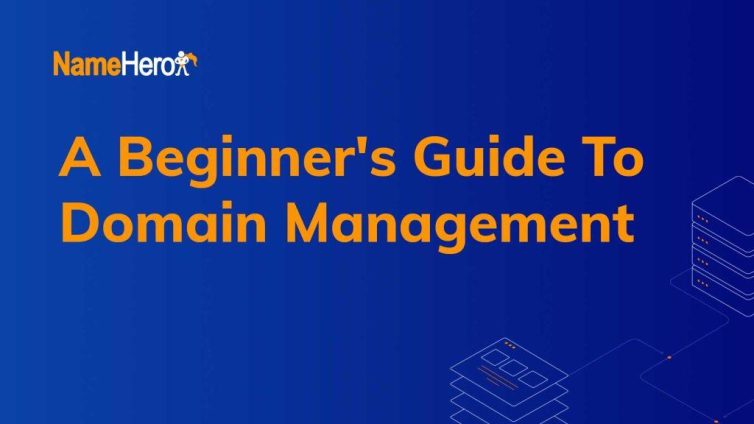Domain management and DNS configuration are the living foundation that also helps businesses ensure a stable and secure online presence.
According to surveys, more than 60% of website incidents come from domain setup and DNS errors.
DPS.MEDIA has supported hundreds of SMEs to optimize domain management, increase security, and avoid customer loss.
Understanding this knowledge helps businesses effectively control digital brand reputation, enhancing credibility and revenue.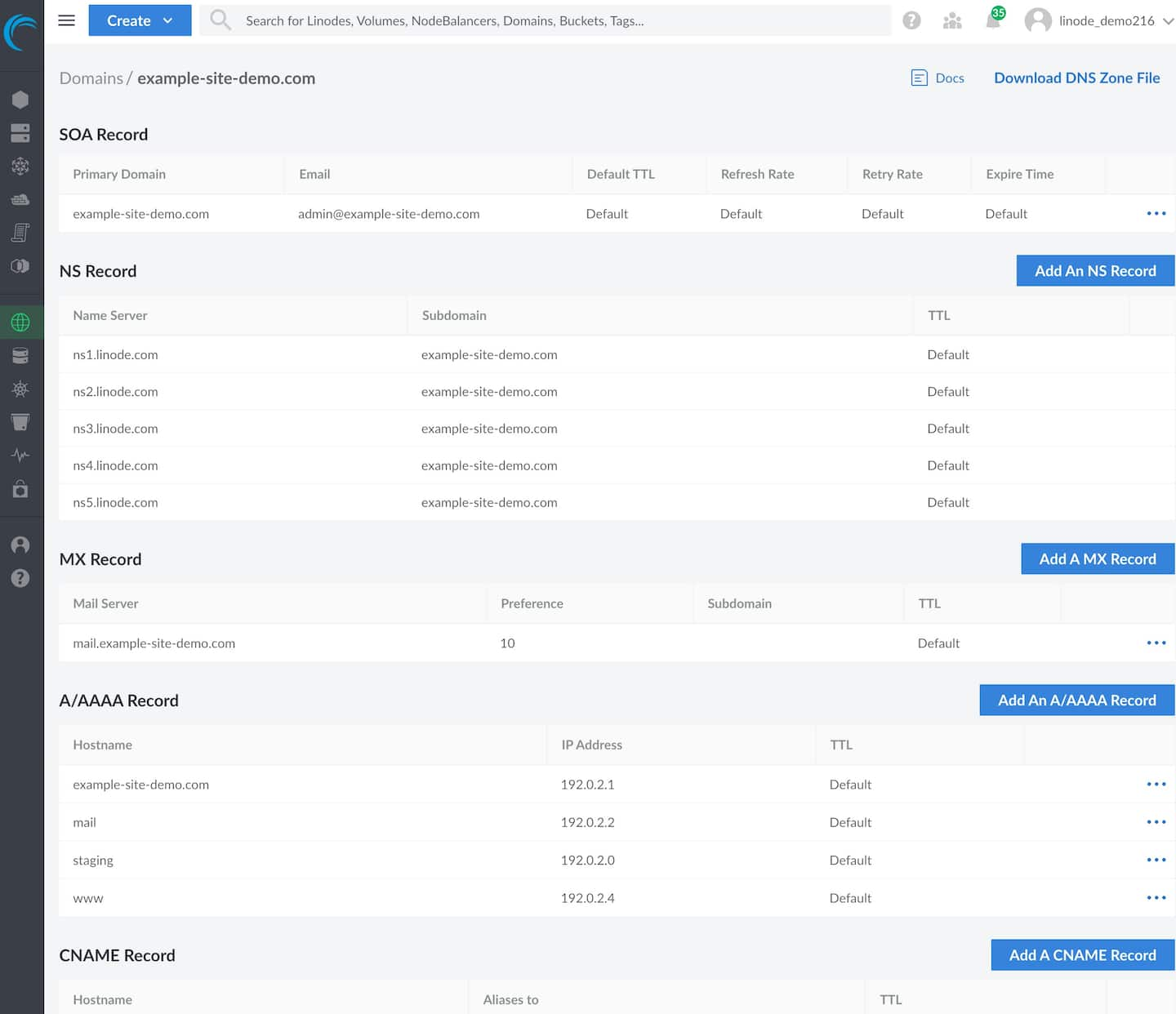
Understand the role of domain names in corporate branding strategy
Domain name is the first digital asset of a business
A domain name is not just a website address – it is an important part of brand identity. It directly affects the ability to recognize, reputation, and customer trust level. An easy-to-remember domain name, closely associated with the brand name, helps increase brand recall rate by 63% (according to Nielsen, 2022).
Example: A Vietnamese interior business once used a scattered .xyz domain, leading to a 40% drop in access rate due to confusion. After switching to a brand domain .vn, traffic increased 2.3 times in 6 months (internal anonymous data from DPS.MEDIA 2023).
Impact on SEO, advertising, and conversion
A domain name closely linked to digital marketing campaign effectiveness. A standard domain helps:
– Optimize CTR (Click-thru Rate) in Google ads
– Improve the speed of Google indexing
– Increase reliability when deploying a dedicated domain email (avoid spam)
Checklist to protect the brand through domain names
To ensure protection and optimize domain name usage, businesses should:
- Register a domain name suitable for the brand voice (brand name with recognition signs)
- Register variants: .com, .vn, .net to prevent disputes
- Configure DNS standards SPF, DKIM, DMARC to protect brand emails
- Update full owner information and ensure timely renewal
Summary table: Branding & domain name selection
| Factors | Domain name selection suggestions |
|---|---|
| Domestic market | Use .vn – increase trust within the country |
| International market | Use .com or country-specific domains for target markets |
| Advertising campaigns | Short, easy-to-read domain names without hyphens |
Risks if the role of domain names is misjudged
If undervaluing domain name value, businesses may face:
– Losing customers to competitors using similar domain names
– Legal disputes if intellectual property is not protected from the start
– Business emails going to spam if DNS is not properly configured (according to Google Security report, 2021: over 80% of spam emails use fake domains)
Brief takeaway:
Choosing and managing domain names is a strategic step in building a digital brand. Early serious investment helps save recovery or brand protection costs later.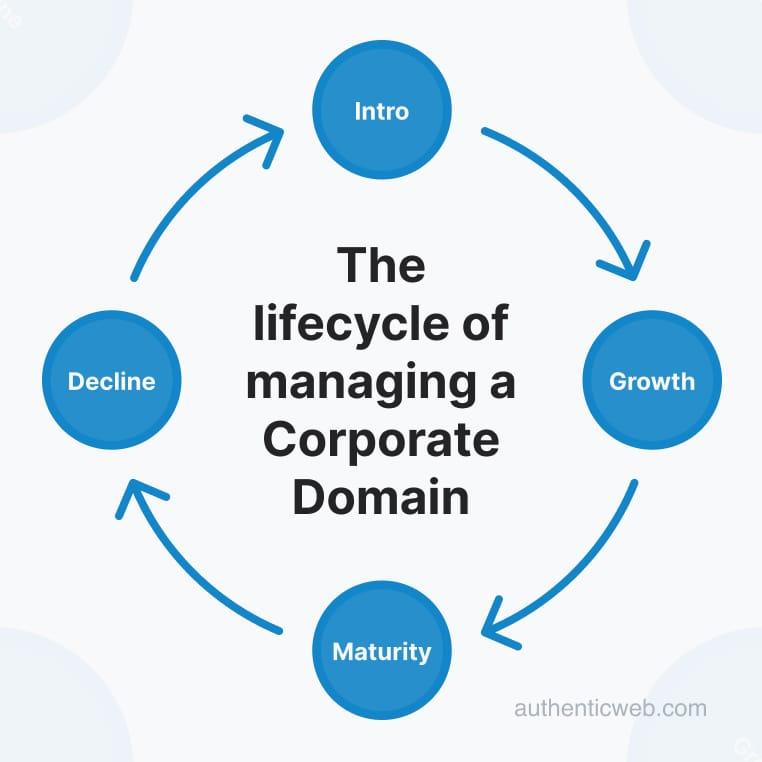
Common types of domain names and how to choose suitable domain names for SMEs
Common domain name types nowadays
Domain names are a crucial factor in building an online brand for every business. SMEs should clearly understand domain types to make appropriate choices:
- .com – Popular, easy to remember, suitable for most fields.
- .vn – High trust level in the Vietnamese market.
- .com.vn – Meets local SEO requirements and positions Vietnamese businesses.
- .net – Alternative when .com is registered, often used for technology companies.
- .org, .edu – For organizations, education, not suitable for commercial SMEs.
According to the report from Verisign (2023), 46.5% websites worldwide use the .com domain name due to its popularity and high brand recognition.
How do SMEs choose domain names appropriately?
When choosing a domain name, small and medium enterprises should focus on reliability, scalability, and brand consistency. A good domain name does not need to be long, but should be easy to type, easy to remember, and avoid confusion.
- Short name short, no accents, no special characters.
- Easy to read, easy to pronounce – serving customers who find you through word of mouth.
- Match or relate to the company/brand name.
- Check availability buy domain names with other extensions to protect the brand.
Tip: Avoid choosing domain names too similar to competitors or containing registered trademarks to avoid legal violations and SEO conflicts.
Quick comparison table of domain name types suitable for SMEs
| Domain name | Short points | Suitable for |
|---|---|---|
| .com | Popular, easy to remember, professional | All types of businesses |
| .vn | Reliable in Vietnam, supports local SEO | Domestic businesses, focusing on the Vietnamese market |
| .com.vn | Combine international and domestic special features | Businesses operating both online and offline |
| .net | Alternative when .com is taken | Technology businesses, digital services |
Domain name selection checklist for SMEs
- ✔ Check domain availability at providers like GoDaddy, MatBao, Tenten
- ✔ Access WHOIS to ensure ownership information is clear
- ✔ Check SEO factors: domain length, relevant keywords
- ✔ Register brand protection with various popular extensions (.com/.vn/…)
Example: An online sports goods business initially chose the domain thethao24h.net because .com was already purchased. However, later it faced difficulties when customers remembered it as .com leading to significant traffic loss (ước estimated 12% according to Google Analytics Q1/2023). Eventually, they had to repurchase thethao24h.com at 20 times the original registration price.
Challenges & advice when choosing domain names
- High competition causes many good domain names to be purchased early or reserved
- Loss of brand if related extensions are not registered
- Inconsistent domain and brand names cause communication difficulties
Tip: Always đăng ký tên miền for at least 2 years to enable auto-renewal to avoid risks of losing due to expiration forgetfulness.
Brief takeaway
Choosing the right domain name is the first step in building a sustainable digital presence for SMEs. Invest carefully from the start to avoid waste and future risks. Establish a brand foundation starting from a reliable URL line.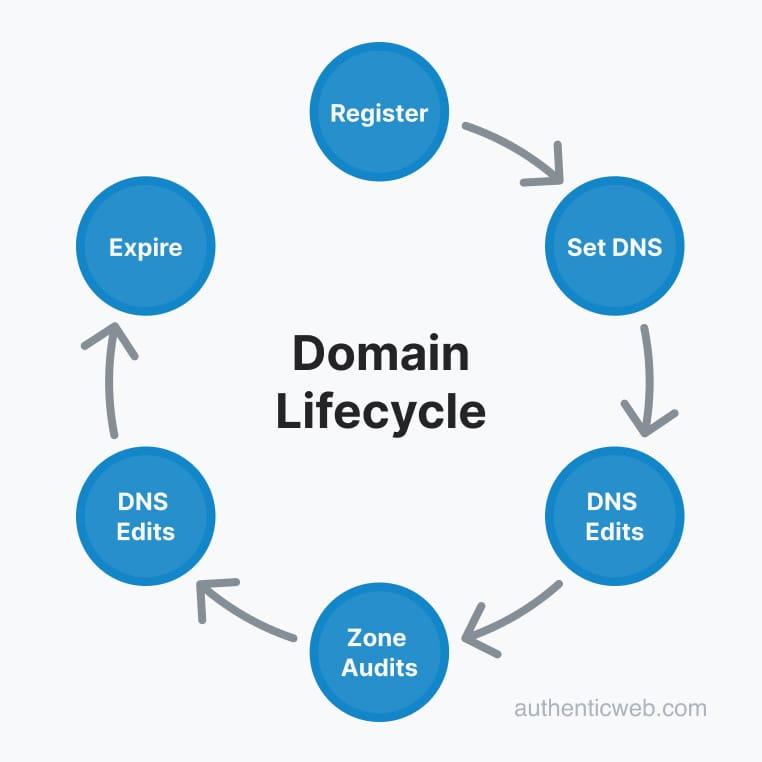
Overview of the DNS system and how domain management services operate
What is DNS and what role does it play?
DNS (Domain Name System) is a system that translates domain names into IP addresses, helping users easily access websites by domain name instead of hard-to-remember numbers. Some main functions of DNS:
- Domain name (e.g., www.example.com) translated to IP address (e.g., 192.168.1.1)
– Support email routing and other services via MX, TXT, SPF records
– Increase reliability and scalability for web systems
According to VeriSign (Internet Trends 2023) report, there are over 350 million domain names đã registered globally - đemonstrating the essential role of DNS in the digital age.
How domain management services operate
Domain management services are usually performed through registrars, where users can:
– Purchase and renew domain names
– Point DNS to servers or storage services
– Create and edit DNS records such as A, CNAME, MX, TXT
Real example: An online business store after registering a domain name has pointed it to the Shopify platform, using A and CNAME records to integrate the website, and also adding TXT records to verify with Google Workspace – the entire operation takes less than 30 minutes.
Minimum checklist for stable DNS operation
Below is a list of periodic checks:
- ✅ Check that the domain name has been renewed on time
- ✅ Verify that A and CNAME records have the correct IP/server address
- ✅ Check MX records if using email with the domain name
- ✅ Add TXT/SPF/DMARC records to secure against email spoofing
- ✅ Use reputable third-party DNS to optimize response time (Cloudflare, Google DNS, etc.)
Illustration table of common DNS record types
| Record type | Function | Example |
|---|---|---|
| A | Point domain name to IP address | A → 203.113.1.1 |
| CNAME | Point subdomain to main domain | www → example.com |
| MX | Email routing | mail → mail.example.com |
| TXT | Verify & configure SPF/DMARC | "v=spf1 include:_spf.google.com ~all" |
Challenges and maintenance notes for DNS
– Incorrectly editing DNS records can cause downtime for several hours if not carefully controlled.
– DNS updates need a rollback strategy to avoid impacting email or website services.
Takeaway:
Understanding the structure and operation of DNS helps businesses proactively control their website, optimize uptime, and secure the system – a capability essential in digital transformation. A well-configured DNS system will be a solid foundation for all online business activities.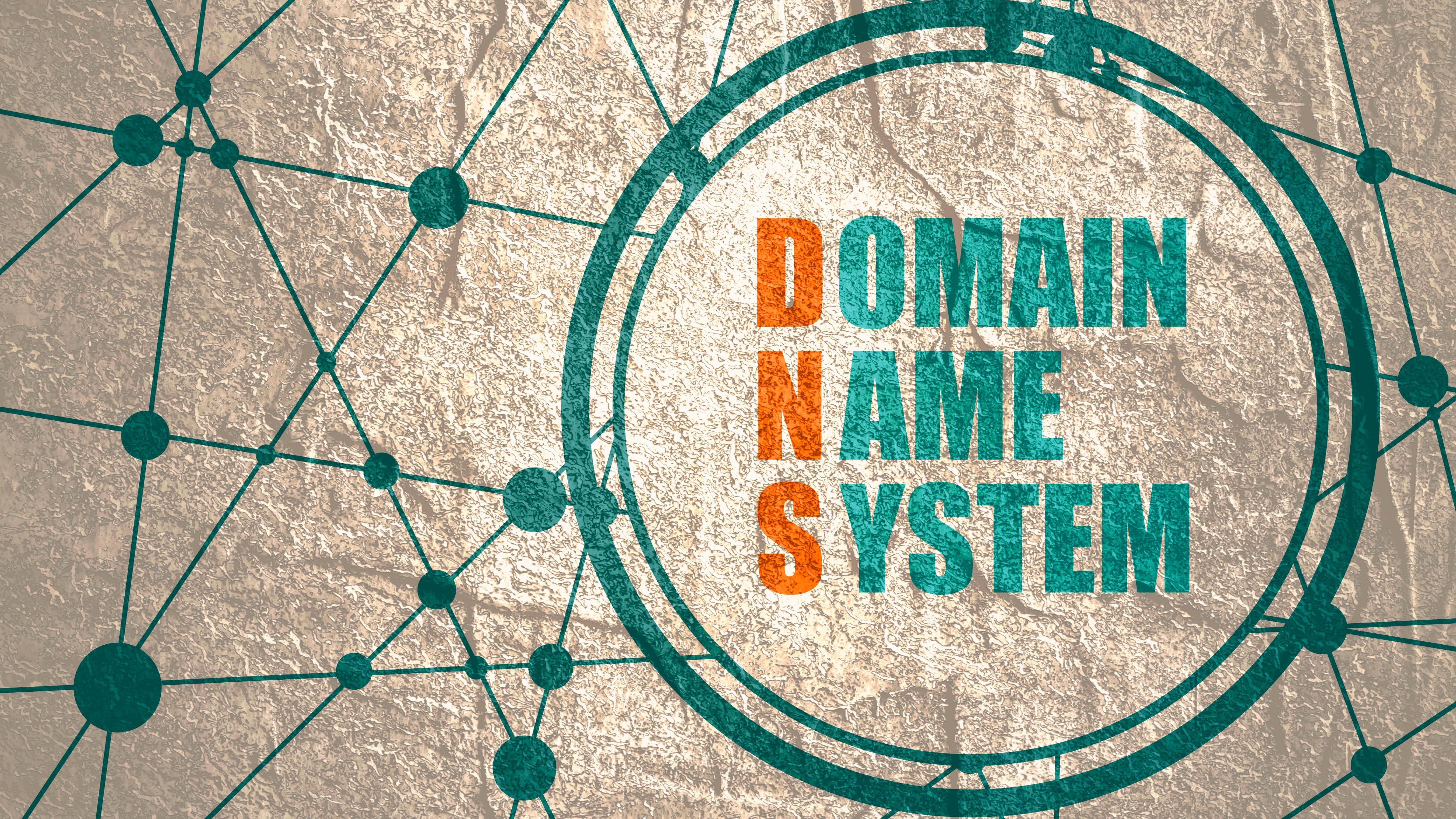
Basic DNS configuration steps to ensure stable website and email operation
1. Identify the DNS infrastructure to be configured
Before starting, identify whether you are using the DNS service of the domain registrar or switching to a specialized platform like Cloudflare or Amazon Route 53. This directly affects how you operate.
✔️ Action items:
– Check the current DNS management location.
– Verify access rights to manage DNS (hosting or domain panel).
– Inventory web and email services in use to configure correct records.
2. Create & verify essential DNS records
After accessing the DNS system, set up the basic records according to the following table:
| Record type | Purpose | Example data |
|---|---|---|
| A record | Point domain name to hosting IP | 203.113.173.88 |
| CNAME | Redirect subdomain | mail → mailserver.example.com |
| MX | Email routing | ASPMX.L.GOOGLE.COM |
| TXT | SPF, DKIM, DMARC authentication | "v=spf1 include:_spf.google.com ~all" |
👉 A typical example is a logistics company using Google Workspace but forgetting to configure the TXT record for SPF. The consequence: sent emails are classified as spam or not delivered. The simple act of adding the correct SPF record can help improve the successful delivery rate up to 97.1% (according to Cisco Email Security report, 2023).
3. Regularly check & maintain to prevent DNS errors
Common DNS errors occur after changing server IP or updating subdomain names but forgetting to edit related records. It is necessary to regularly check configuration to avoid unexpected issues.
🟢 Quick checklist to ensure DNS system stability:
– [ ] A record always has the latest correct IP
– [ ] MX matches the email service in use (gmail, Zoho, Outlook…)
– [ ] TXT contains accurate SPF and DKIM (if using email domain)
– [ ] Appropriate TTL (not too short/long)
– [ ] No conflict between CNAME and other records with the same name
4. Alerts for incorrect or missing DNS authentication
If missing TXT records for DKIM authentication or incorrect SPF, emails may be marked as spam or rejected by Google, Microsoft. Also, long DNS cache times can cause website access interruptions up to 24 hours.
According to Verisign DNS Report Q2/2022 statistics, 34.1% of medium and small enterprises experienced website access interruptions over 6 hours due to incorrect DNS record configuration errors.
Brief takeaway
DNS is not only a technical aspect but also the foundation for websites and email to operate reliably. Ensure accurate configuration from the start, regularly check and flexibly update according to infrastructure changes of the enterprise. This helps reduce risks of access interruptions and increases trust with customers.
–
DPS.MEDIA JSC - Digital Marketing Solutions for SMEs
📍 56 Nguyen Dinh Chieu, Tan Dinh, HCM
📧 marketing@dps.media | ☎️ 0961545445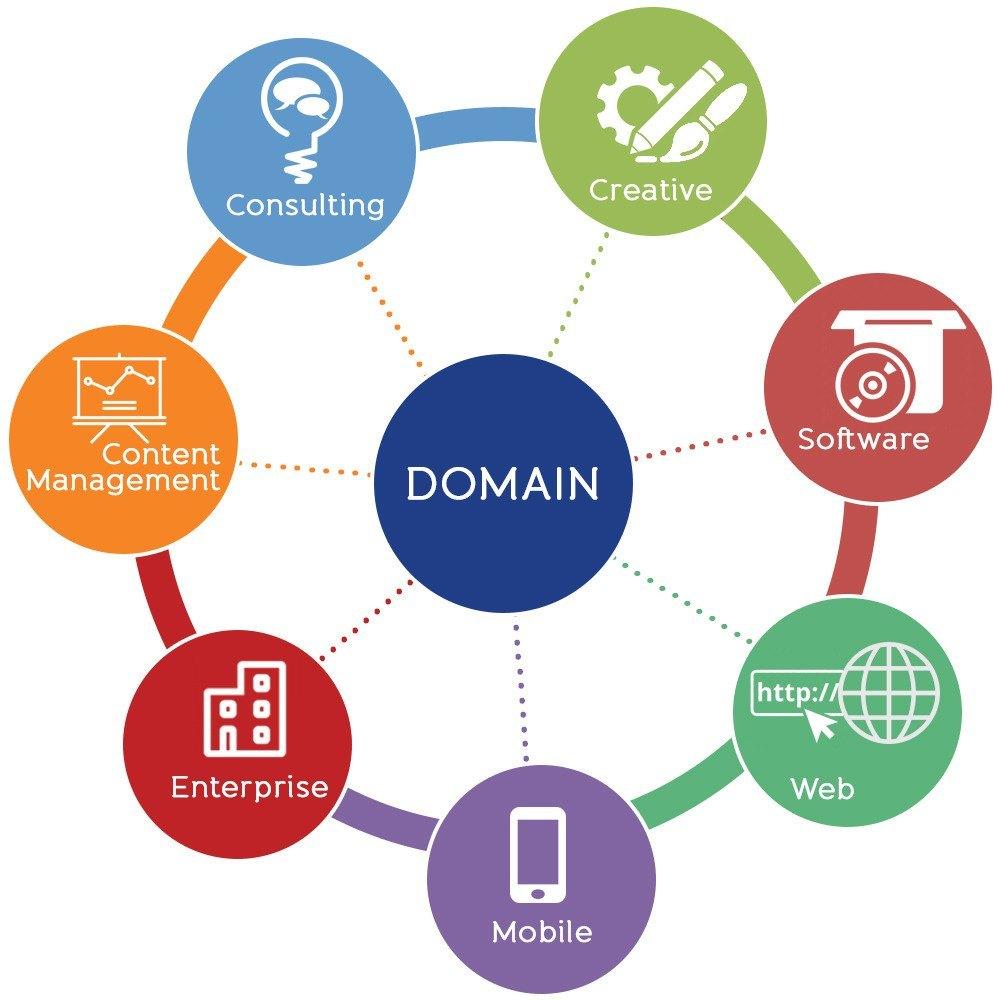
How to prevent security risks related to domain names and DNS
Use reputable domain registrars
Choose a reputable domain name provider as the first step to ensure safety. Avoid units with unclear origins – places where security configurations are loose or easily attacked. According to Cloudflare report 2023, over 45.1% of victims lost domain name rights due to using providers with poor security.
- Choose units that support two-factor authentication (2FA)
- Ưu first, the registrant has a clear domain recovery process
- Regularly update domain administrator information
Activate and maintain two-factor authentication (2FA)
This is the first line of defense helping reduce the chance of losing DNS management accounts or domain registrant accounts. Many DNS spoofing attacks in recent years originated from losing access rights simply because 2FA was not enabled.
Secure DNS configuration and regular change monitoring
DNS is a common blind spot when securing systems, as many businesses set it up and then leave it. According to Cisco survey (Security Outcomes Report 2023), only 28.1% of SMEs regularly control DNS configuration.
- Always enable DNSSEC to authenticate DNS data sources
- Do not publicize unnecessary subdomains
- Set up automatic monitoring with email alerts when records change
Domain & DNS protection checklist (monthly update)
| Checklist items | Status |
|---|---|
| 2FA authentication for domain management accounts | ✅ |
| Enable DNSSEC | 🟡 (configuring) |
| Schedule monthly DNS record checks | ✅ |
| Hide domain WHOIS information | ❌ |
Real example: Domain name hijacking
A logistics service company in Ho Chi Minh City used a foreign registrar at a low price with an account without 2FA. After 3 years of operation, hackers took over the email account of the registrar and changed DNS records, redirecting all traffic to a fake website copy. Consequence: customers lost trust, conversion rates dropped 58.1% in the first 2 weeks after the incident (Source: Internal case study, 2022).
Takeaway
Domain and DNS management is not only a technical task – it is an important part of the enterprise's security ecosystem. Do not wait until incidents happen to review. Proactively checking every month is the most effective prevention method.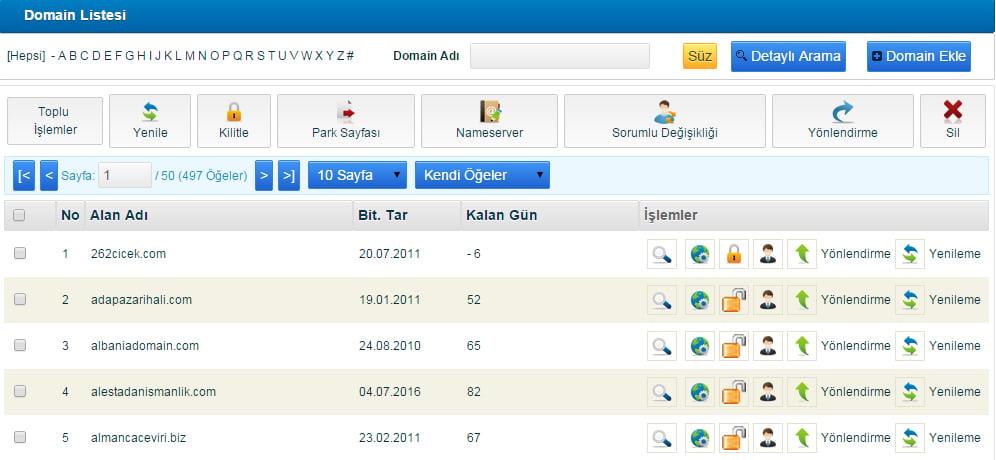
Optimize DNS to improve access performance and user experience
Key role of DNS in access speed
An efficient DNS system helps reduce domain name resolution time - a factor directly affecting page load time. According to Akamai's 2023 report, reducing DNS response time by just 30ms can improve conversion rates by up to 71% on e-commerce sites.
Some reasons why DNS slows down websites:
– DNS servers are located too far from users
– DNS record structure is not optimized
– Improper TTL (time-to-live) management
DNS optimization checklist for businesses
- ✔️ Use DNS Anycast to distribute load globally
- ✔️ Regularly check DNS speed with tools like DNSPerf
- ✔️ Set accurate CNAME/A records, avoid redundancy
- ✔️ Shorten TTL to respond quickly to incidents
- ✔️ Use DNS solutions integrated with security technologies (DNSSEC, DDoS filtering)
Real illustration: improving DNS response time by 50%
A customer in the online education sector in Vietnam previously used the default DNS of their provider. After switching to a dedicated DNS service and adjusting TTL from 1 hour down to 300s, DNS response time improved from 120ms to 58ms – as recorded by Cloudflare Radar (2023).
| Indicators | Before optimization | After optimization |
|---|---|---|
| DNS response time | 120ms | 58ms |
| A record TTL | 3600s | 300s |
| Server location | Europe | Singapore |
Challenges when deploying advanced DNS
Although DNS optimization brings clear benefits, businesses may face:
– Additional costs when using third-party DNS
– High technical requirements for configuring multi-region DNS
– Risk of errors when changing important records (affecting email/website)
Suitable DNS services should be chosen based on traffic volume, critical location, and operational goals rather than cost alone.
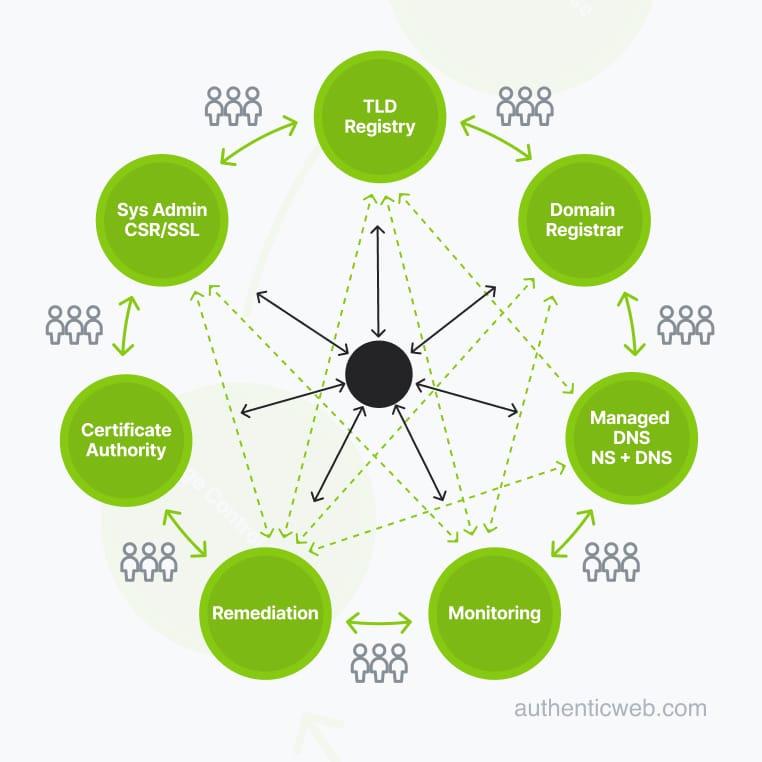
Guide to safely renew and transfer domain names for businesses
Renew domain names on time to avoid service interruption
Renewal is a crucial step to ensure a business's domain name is not lost or falls into competitors' hands. According to ICANN (2022), over 251,000 small businesses have experienced downtime and disruption of their website or email due to late renewal.
Domain renewal checklist:
- Check domain expiration date in DNS management
- Schedule automatic renewal or set reminders 30 days in advance
- Verify contact information of the domain owner is accurate
- Keep payment receipts & confirmation emails from the registrar
Tip: Using a separate domain account (not combined with email or hosting) helps you better control the trust & ownership rights in case of disputes.
Domain name transfer following proper procedures & transparency
If a business needs to transfer the domain name to a new legal entity or hand it over to a partner, a clear transfer process must be applied to avoid loss of rights. For example, a tech startup in Ho Chi Minh City lost their website after a freelancer held the domain without proper transfer.
Safe transfer steps:
- Prepare a valid transfer document with confirmation from both parties
- Verify the identity of the domain rights recipient
- Unlock the domain and obtain the EPP/Auth Code from the registrar
- Perform the transfer through a reputable registrar system (such as Mắt Bảo, P.A Vietnam, etc.)
| Step | Processing time | Verification request |
|---|---|---|
| Obtain EPP code | 5-15 minutes | Admin login |
| Transfer request | 1-5 days | Email confirmation from both parties |
| Complete transfer | 24 hours after approval | Registrar system |
Warning: Absolutely do not share the EPP code or domain login credentials via email without encryption. This is a common cause of domain loss according to Namecheap's 2023 report.
Takeaway
Ensuring tight domain management & transparent transfer processes helps businesses minimize legal risks and maintain brand reputation. Don't lose control just because of an unchecked action!
Key takeaways
Domain management and DNS configuration are critical foundations for a business's digital presence. Understanding - doing right - securing is the core principle, so remember.
Review your domain system today. Start by checking DNS records and ensuring regular backups.
If you care about DNS or business email security, don't overlook key topics like SPF, DKIM, and DMARC.
DPS.MEDIA always accompanies Vietnamese businesses on their digital transformation journey. Share your opinions or questions by leaving a comment!

